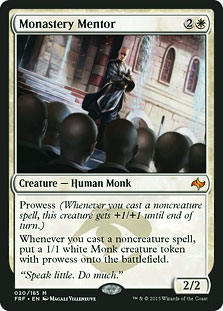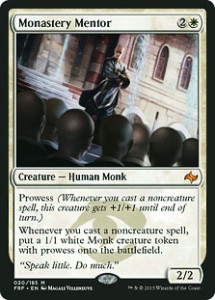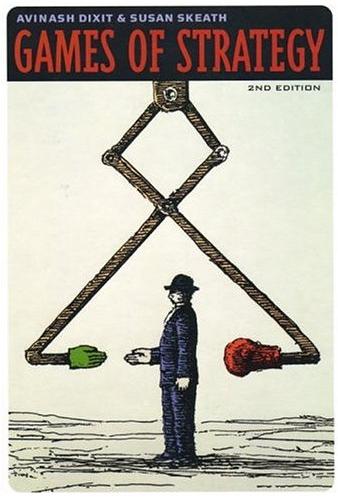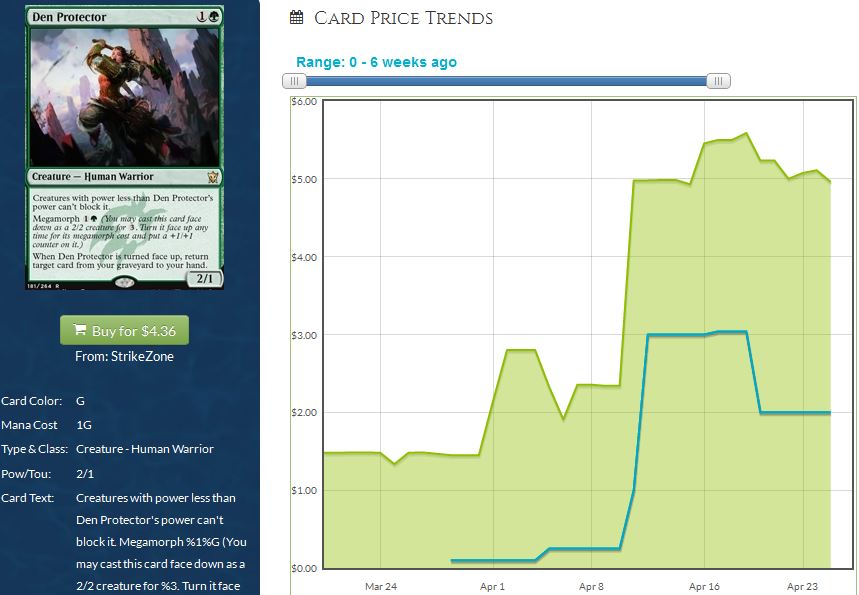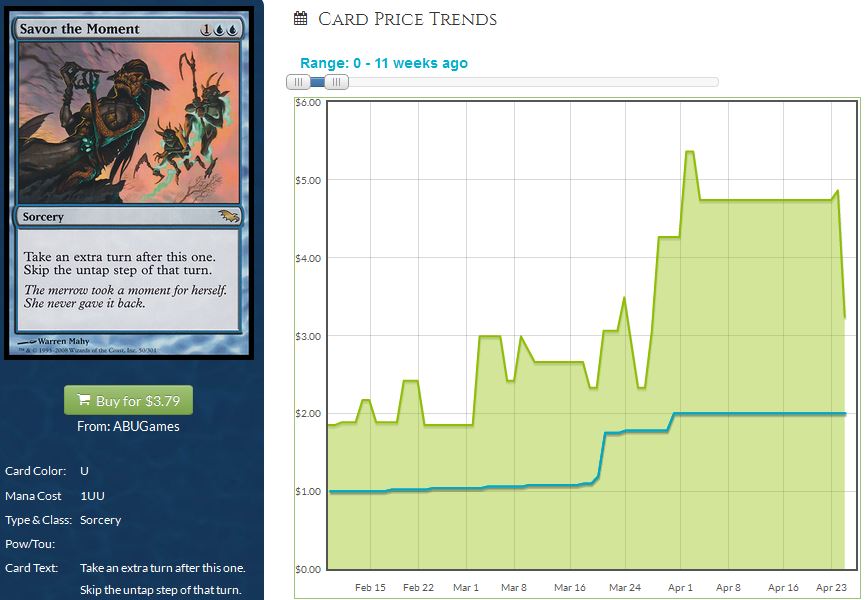The day starts at a dark and early 4:30 a.m. I stagger out of bed and stumble to the bathroom, trying hard to not wake up Marianne but doing so anyway thanks to the dogs going crazy, thinking it’s time for breakfast.
A few curses and a stammered apology later, I’m sleepwalking out the front door, the porch light guiding me to the car. A weary drive to the card shop only to wait on the inevitable oversleeper, and the day finally begins.
Four hours in the car, slowly waking up to watch the sun rise over the horizon: a new day filled with new possibilities for a car full of hopefuls. Every passenger is hoping to hit it big. Sweet new tech, a new sideboard card, still more new tech—it’s all a part of the journey, a never-ending grind that doesn’t feel that way when the sun is blazing red and the radio is blasting Eminem.

I’ll watch that group today. Check in with them before rounds. Share in their successes, sympathize with their bad beats. Blame the variance of the game when the deck yields one too few or too many lands, and wish them the best as pairings are announced.
But I’m an outsider. That’s their game, not mine. And mine doesn’t give me a break in between rounds.
…
The adrenaline is working, or maybe it’s the Red Bull. Either way, I sit in the middle of a veritable maelstrom, binders changing hands as quickly as the cardboard cash around me. A Tarmogoyf hits the table, and a stack of fetchlands follow. During a small break in the action, a newcomer approaches the table with a request that doesn’t seem so odd anymore. The next thing I know, an entire foil Affinity deck is sitting on the table for the taking, provided you have the chops to claim it.
I watch it all around me, and what is most striking is that this scene doesn’t strike me as unusual. There was a time when I was the guy anxiously checking the pairings board and praying that the next round is the matchup I need. Instead, I’m moving hundreds of dollars, making it work and working to make it. A dollar here, a throw-in there, a unique piece that I hope to move back home—it all enters my memory as quickly as it leaves their binders.
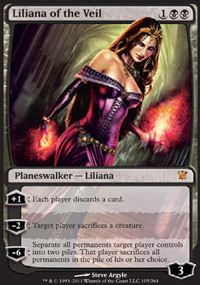
The day finally ends and we meet at the bar, winners and losers alike. Those who made the money or those who scrubbed out after two rounds: it’s all the same to the bartender, that great equalizing force of the world who doesn’t care if you’re out on your 21st birthday or there for your 21st anniversary. The usual awkward “What are you in town for?” follows, and then she asks how the tournament went for us. Mumbles all around, and then she looks at me.
“How did you do?”
…
That’s the question, isn’t it? Why do I do this? For all my work, all the cards I moved, what exactly did I accomplish? Sure, I probably made a few dollars, loaded up on a spec for the future, or on a good day, found a new foil for my Merfolk deck, but why did I go through all that to deal with jerks trying to shark me just to find one or two good traders?
If you stop to think about it, this “MTG finance” thing we all do is a little absurd. We all ostensibly got into this game because we enjoy playing it, and here we are taking advantage of others playing the game but not as often partaking in it ourselves. Buying a card at a dollar and watching it go to $3 is certainly enjoyable, but is it really better than taking down a Friday Night Magic tournament? Is it better than trying to strike gold at a PTQ and find yourself on the pro tour?
The answer, for me, is yes.
I haven’t been involved with Magic for nearly as long as many of you. I was introduced to the game around the time Shadowmoor released, and I started really playing around Shards of Alara. In the finance world, that’s ancient times, but in terms of how long I’ve been around Magic, I can’t hold a candle to many of you.
But I do know the finance game. When I began playing, I wanted to make the pro tour, but I ran into a few obstacles. For starters, I have an annoying habit of finishing second at big tournaments. But another problem was that I was often pigeonholed into decks because I couldn’t afford the $50 walletslayers of the day.

But like many of you, I found a workaround: trading. I’ve gone into details before about my journey into the niche world of Magic finance, so I won’t rehash that here. Suffice to say that I quickly found that I enjoyed the financial aspect of the game more than playing. Trading was more fun than playing, and building my collection was better than buying packs.
I decided to try my hand at writing about it in the summer of 2010, right in the infancy of “Magic finance” writing, and the rest is history. I found I liked it, and I kept at it. Heavy trading became buying and selling. Today I work as a member of the Wizards of the Coast coverage team and I have a solid business selling cards out of my LGS.
All of that is great, but reading some of the other authors on this site I began to ask myself that same question I’ve heard more than once from a stranger at the bar.
Why do I do this?
Everyone has their own reasons. Sigmund’s is to fund his son’s college education, and he follows daily movements closely, taking the highs and the lows of small specs way more seriously than he should. And he does it all because he knows exactly why he’s doing this, and he’s invested in the outcome. Derek Madlem is pretty far on the other end of the spectrum, focusing much more on the long-term than the quick flips. It’s a different skill but something that takes just as much work as tracking the daily movements, and he does it gladly because it helps him to accomplish his goal of having everything at his disposal.
The reasons we get involved in Magic finance are as numerous as the reasons we got into Magic in the first place. The guy managing a collection for friends. The player who sells his hand-crafted Commander decks to pay for emergency surgery for his beloved pet. The brother who sells his collection to help raise money for his sister in an emergency. The guy trying to better his son’s future.
These are all reasons I’ve seen people engage in what is colloquially known as “Magic finance.” I know and hate the stereotypes that it’s all about making a few quick bucks and screwing over players in the process, because every day I see the opposite.
And that brings me back around to the reason you’re reading this article in the first place. This is my first piece for MTGPrice, and it will be the first of many. In the future you’ll find from me an assortment of theory articles, hot pick-ups for the weekend, set reviews, analytical pieces, and anything else even tangentially related to this field. I’m as plugged into Magic finance as you can get, and I’m not going anywhere. I’ve written for both free and paid audiences before, and I’m extremely excited about the opportunity to have my work be made freely available to as many people as possible.
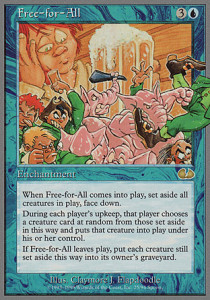
I enjoy writing, and to be honest, I enjoy seeing my name at the top of an article. But none of those things answer the question burning on my mind as I write this.
Why do I do this?
I don’t have a great answer. I’m not socking away anything for my future childrens’ benefit. I don’t have a goal bigger than myself, and having the cards to play any deck I can dream up doesn’t appeal much to me.
The answer is constantly changing. At times I’ve done this to eat lunch in college. I’ve done it to save money to buy Marianne an engagement ring. I’ve done it for the recognition. I’ve done it to foil out my Merfolk deck. And yes, at times I’ve done it for the money.
I don’t know that I’ll ever have the luxury of having an easy answer at the ready. But today I can say this.
I do this for all of you: those who take the time out of their days to read what I write. You’re making a conscious decision to click on and read my article, and that’s something I don’t ever want to lose sight of. I’ve ended every article I’ve ever written with “thanks for reading,” and I’ve meant it every time.
I do this because Magic has given me a lot in my life. When I needed friends, it gave me an avenue to make them. When I needed a break from stresses in my life, it gave that to me. When I wanted to pursue my professional writing dreams, it gave that to me.
And that’s something I want to share. Everyone deserves the same gifts this community has given me, and that’s why I’m a part of this community. Sometimes, a large part of that is offering financial advice that hopefully helps my readers save money or even make a little bit of it on cards.
But I couldn’t still do this after five years if it was all about the calls. Writing is not a job: it’s a part of who I am. Magic is not a game I play, it’s a lifestyle I live. Keeping the two separate is impossible.

I’ve gotten a lot of feedback over the years, both good and bad, but I’ve never received a single piece of feedback more meaningful to me than the time a reader who I had never interacted with before told me, “This article doesn’t make me just care about the cards you wrote about; it makes me care about your life, and I wish you all the best on your way.”
That comment is never far from my mind when I write. I believe good writing is about making connections, and the reader will always be able to tell if you’re truly invested in what you write about. That’s why I’ve always tried to stop myself from holding back, and it’s why I do my best to always respond to every message or question I receive, even if it takes me some time to get to everything. It’s worth it. If someone takes the time to reach out to me, I owe it to him or her to respond.
Because at the end of the day, it’s not about Magic. It’s not about the spiking cards, the reprint risks, or the best way to squeeze out some EV from a box.
It’s about you and me. It’s about the middle schooler learning to play the game and the PTQ grinder with that fire inside and the old pro who is used to playing for world championships. And to me, it always has been.
Great Magic writing is just like great sports writing is just like great news writing. It’s about the people. That’s the view I’ll always hold, and it’s something I’ll never forget when I write, whether I’m doing a story about a high school football game, a set review on the podcast, a deck tech on the mothership, or an off-the-cuff 5:00 a.m. introductory piece on a Magic finance website.
Today, that’s why I do this.
What about you?
Thanks for reading,
Corbin Hosler
@Chosler88 on Twitter

